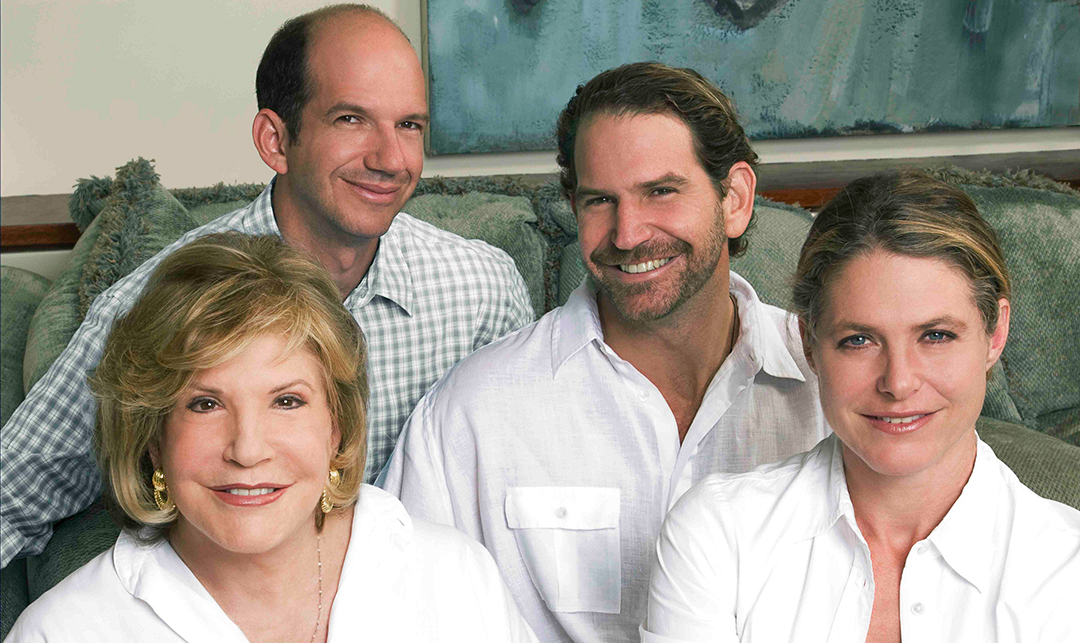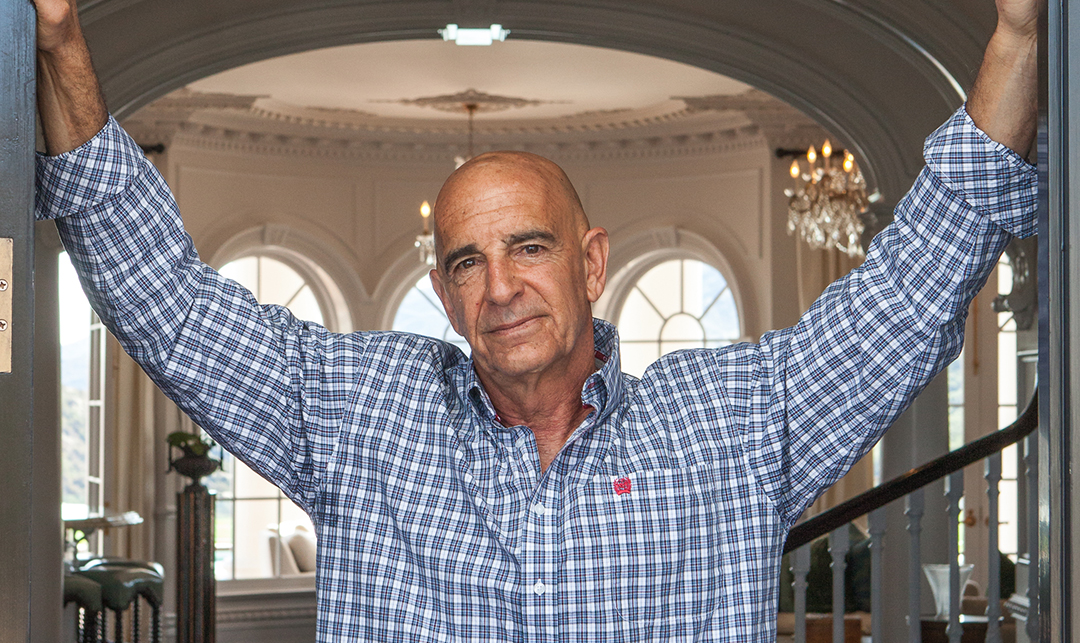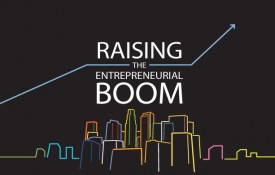I learned the ins and outs of entrepreneurship at a very young age. My stepfather and mother ran an airline, which was a rag-tag thing. All of the kids worked in the business: You got up at 4 a.m. and scraped bugs off of airplane windshields and got them going. My father was a recruiter and had his own business, which was a service business. While running their own business was surely invigorating, it also seemed exhausting. My parents were always worried about making ends meet, and triaging equipment, customer service, and personnel problems.
From my vantage point, entrepreneurs lived a turbulent existence. The only certainty seemed to be risk and uncertainty. I thought there had to be a better way, so I went to college to get a business degree.
You can find a way to move your way around one company or one industry, but you have to take risks, and part of the challenge is how you define yourself.
Looking back, my experience growing up in an entrepreneurial household equipped me for a unique leadership path. I became comfortable early on with problem-solving and ambiguity, and later found strength in helping entrepreneurs put processes in place to eschew volatility. It’s an ironic skill that I’ve harnessed over decades of experimentation in different industries and roles, and five themes have emerged that may serve to help others navigate their career and leadership aspirations.
1. Find Your Calling
Though it sounds cliché, you have to decide what you are really good at and what you enjoy doing. I had eight brothers and sisters from two dysfunctional, entrepreneurial families. I was the oldest male and the only son born of my two parents: Everyone else was half brothers and stepbrothers and stepsisters, so I like to say that I was forged in the world of ambiguity and crisis. I don’t know if I ever went to a family event where someone wasn’t fighting with someone else and blaming someone else in the room. For me, I was very comfortable in problem-solving and ambiguity, and at some point I realized that was a place I could add value that maybe some others couldn’t.
2. Don’t Be Afraid to Take a Nonlinear Career Path
There’s an advantage to working in different industries during your career. Sometimes someone’s biggest purported strength—depth in one industry—is their greatest weakness: the inability to see different ways to solve problems. I’ve switched industries eight times and have been able to bring people skills and patterns from one industry to another, which absolutely adds value.
3. Seek to Gain Trust in Your Role
When you transition into a new industry, expect challenges. In the first six months, colleagues in the new industry might think, “Who is this executive who thinks he’s so smart that he’s coming from outside our tribe and wants to tell us what to do?”
Gaining trust is key to success, and the best way to gain trust is to find truth and speak truth. If you enter a new business and you can help those people articulate the truth and then motivate around it, you will get them to accept you and you’ll get the opportunity to make change.
4. Take Risks
Be curious enough to take a risk with your career or your time to try things that are different, that make you uncomfortable. Put yourself in places and jobs and with people that challenge you, and then live through it. If you never want to do it again, that’s fine, but later on in your career you’ll understand how business works.
Here’s an example: If I start in pharmaceutical sales and do well, I have the opportunity to move on. Do I take another sales job, which is what’s expected, or do I switch to a stint in operations, which might be considered unwise by my manager? If you’re curious and have the confidence to know you want to come back and run this company someday, you’d be wise to get that experience in operations or logistics.
You can find a way to move your way around one company or one industry, but you have to take risks, and part of the challenge is how you define yourself. If you are defined by the external metrics of salary, title, and speed of upward mobility versus learning the fundamental skills of a business—the basic blocking and tackling—then you have a different view of what is a risk and what isn’t a risk.
5. It’s OK to Take a Break
I rarely meet a CEO who didn’t tell me, “I want to be a CEO again.” The reality is that some of them shouldn’t be a CEO their next go-round, but they are afraid to lose momentum. Sometimes it makes sense to step back. Maybe you’ve just had children, you’re burned out, or you need time to learn something new. Whatever the reason, it’s very difficult as a businessperson to admit that sometimes a lateral move or even a move back is the better choice.
In my career, I took a step back to become a “soccer dad” and investor. I had been running a global live entertainment company and was traveling all over the world to put on events when I decided to take a break to spend more time with my kids. In doing so, I ran into a friend who also had great exposure to Aerospace and Defense technology development and was leveraging that experience to create robotic vision systems for the commercial market, specifically robotaxis. I thought he really had a unique take and became an investor, which led to an advisory role, and, three years later, I became CEO. In some ways, I’m an accidental tourist, or – as my dad would say – it’s better to be lucky than smart.
While I’ve found my career sweet spot, it didn’t come overnight. It emerged through years of saying yes to things that scared and challenged me, saying no to a linear path, listening to my gut—and finding ways to build trust and help people solve problems. While I never became a founding entrepreneur, I did become entrepreneurial in that I carved out a niche working with entrepreneurs to help their companies grow and to attain their potential. It’s all about finding the shoe that fits and running with it!













































